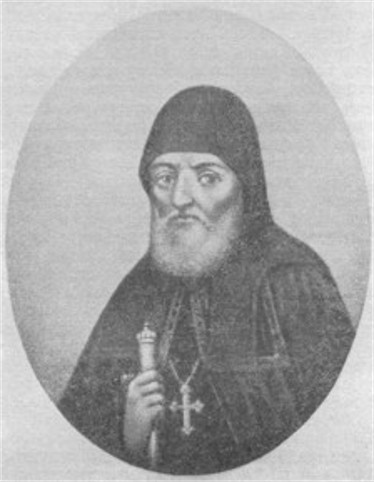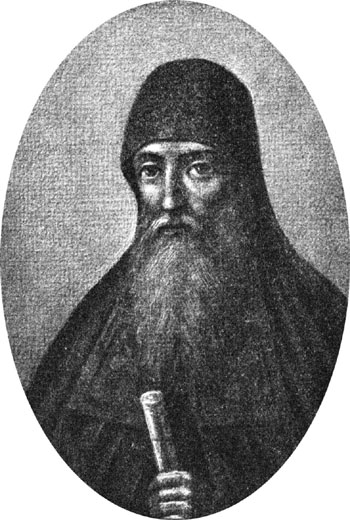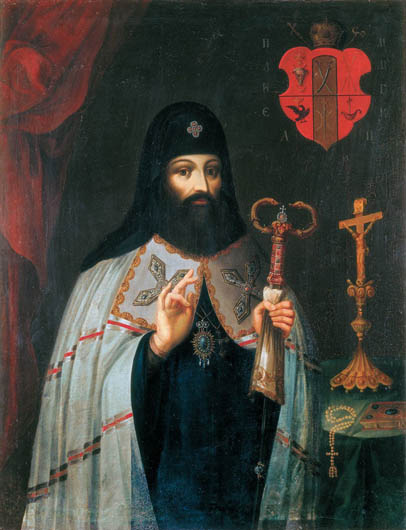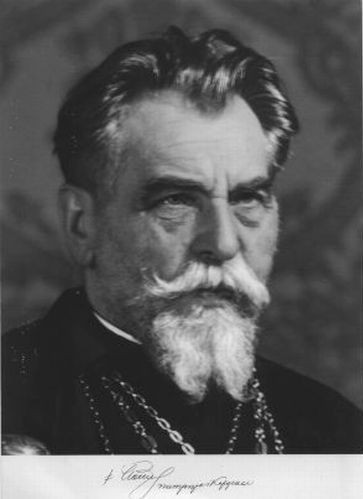Archimandrite
Archimandrite.Hegumen of an important monastery, appointed for life, with the right to carry a miter and crozier and with other privileges. There were several archimandrites in Ukraine. The most important ones were the archimandrites of the Kyivan Cave Monastery and those of Pochaiv Monastery. The most famous Ukrainian archimandrites were the monk Polikarp (1174–82), the first archimandrite of the Kyivan Cave Monastery; Nykyfor Tur (1593–9); Yelysei Pletenetsky (1599–1624); Zakhariia Kopystensky (1624–7); Petro Mohyla (1627–47); Innokentii Gizel (1656–83); Ioanikii Galiatovsky (1669–88); and Hedeon Odorsky (1705–12).
The Basilian Monks in the Ukrainian Catholic church (see Basilian monastic order) have maintained the title of archimandrite for the order's superior general (protoarchimandrite). The mother superior of the Basilian order of nuns has been called, since the 1960s, archimandrite (archimandrynia). The superiors of the Studite Fathers have also been known as archimandrites. Cardinal Yosyf Slipy has elevated a certain number of high-ranking monks and regular (unmarried) priests to the dignity of patriarchal archimandrite, a title that is subordinate to that of bishop but investing the bearer with certain episcopal insignia and special assignments or functions in the church.



.jpg)
